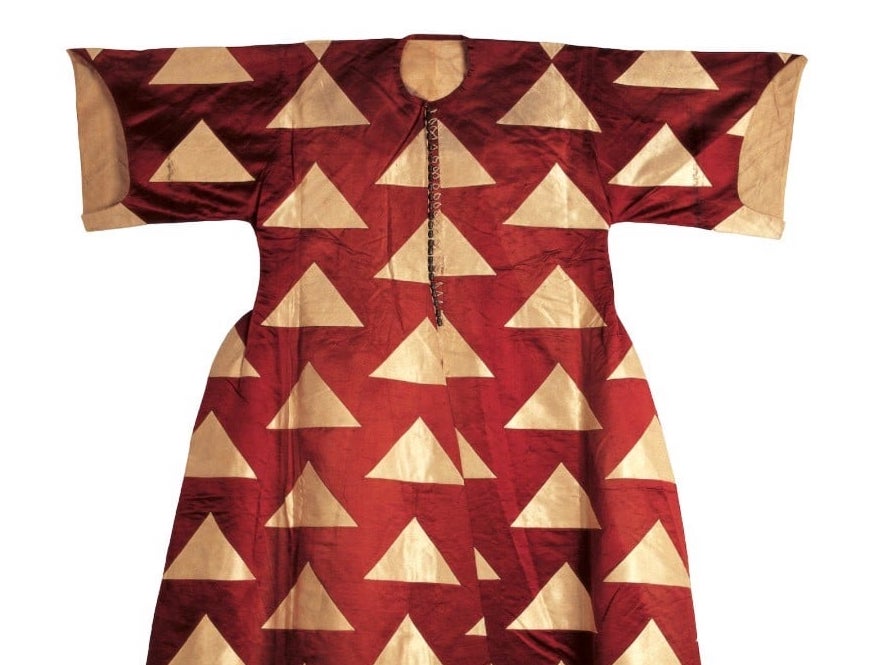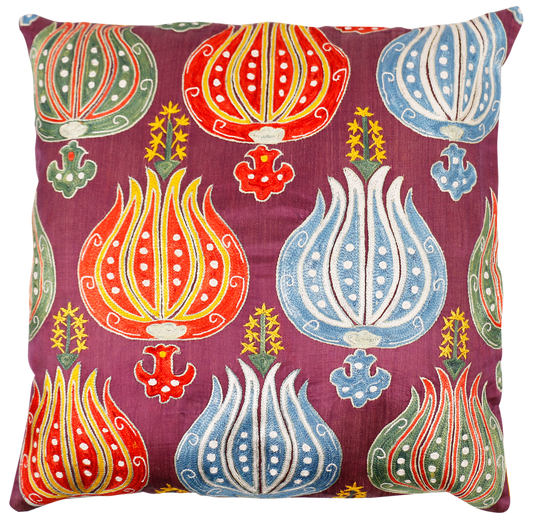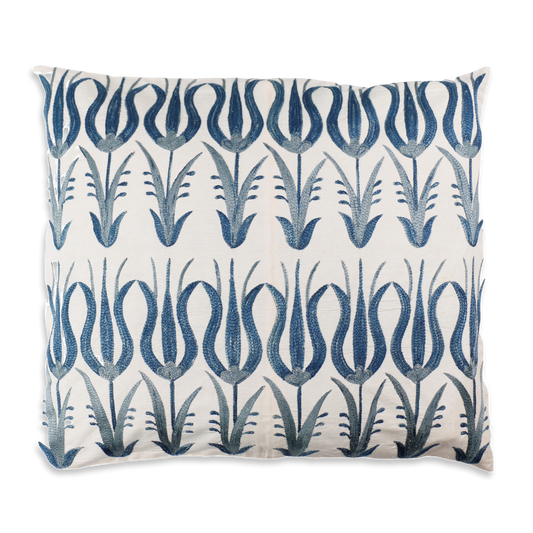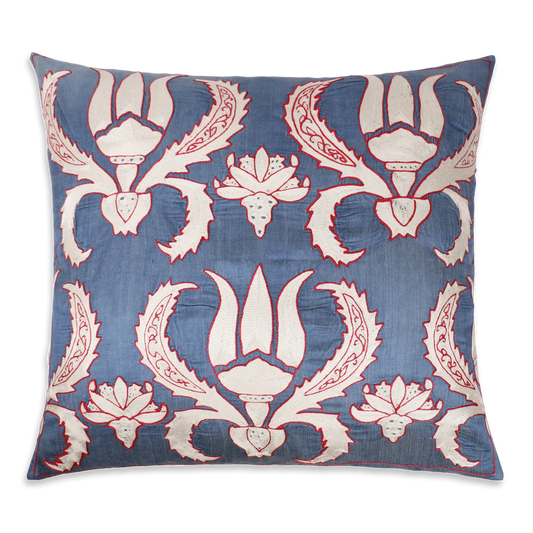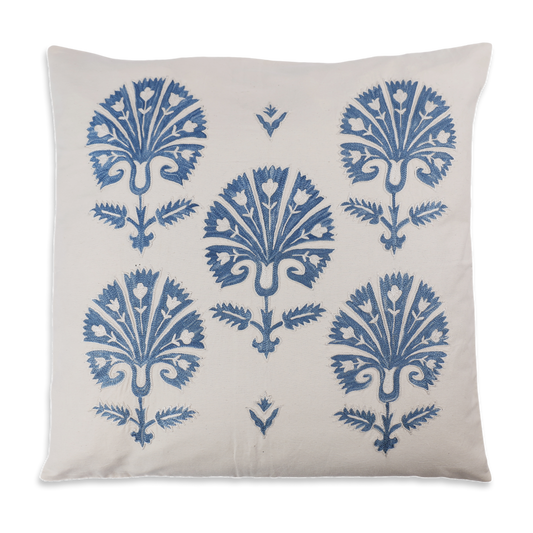The history of textile production in Turkey goes back to the Seldjuk period even before The Ottoman Empire. In the 16th and 17th centuries, textile production was widespread and at an advanced level. The fact that until the end of the empire The Ottoman Industry was heavily relied on textiles and this is a clear indication of the importance of this sector.
Throughout it’s early modern history, The Ottoman Empire contained a sizeable number of textile-producing centres. Most of the materials woven here formed part of the manufacturing traditions of the Islamic world; these included figured velvets (kemha, chatma) and silks (kutnu), but also carpets, rugs and fancy cotton towels. The Ottomans shared certain characteristic features with Iran and India on one hand and with central — and even western — Europe on the other. Ottoman cottons (i.e. buldan) must therefore be studied in a broad geographic, economic and cultural context. The export of raw cotton and cotton fabrics, about which we happen to know most, is to a large extent part of the Ottoman trade with Venice and later with France; and this encompassed silk and angora wool as well as cotton.
Ottoman fabric, particularly handwoven fabric, have a heavy ribbed structure and have an especially stiff drape. Like other woven corded fabrics – where the warp and weft are unevenly matched in weight to create a ribbed effect – Ottoman has a tendency to ‘slip’ at seams, wherein the yarns of the weave pull apart but do not break.

The stylized floral designs, now the hallmark of the classical Ottoman style, were developed during the reign of Suleyman I, also known as Suleyman the Magnificent (r. 1520–66), as an alternative to the “International Style” that prevailed in the area during the early period of rule from the mid-fifteenth to mid-sixteenth centuries. Textile designs feature iconography shared with other decorative media designed by the nakkashhane (royal design atelier) and adapted to the constraints of the loom to create elegant repeat patterns. The most popular layouts ranged from floral motifs characterized by wavy vertical stems with blooming palmettes, carnations, or pomegranate fruit, to large-scale ogival layouts with delicate peony blossoms creating a lattice pattern. Lattice layouts became popular during the reign of Suleyman I and may also reflect layouts and motifs used in architectural tile decoration from Iznik, or earlier from Mamluk silks inspired by Chinese examples. Another popular decorative motif reproduced on textiles is the chintamani design, usually depicted as two wavy horizontal bands alternating with three circles in triangular formation. Translated from Sanskrit as “auspicious jewel,” the motif originated in Buddhist imagery and may represent pearls and flames. The design elements of chintamani are alternately referenced as “tiger stripes” and “leopard spots. In any combination, elements of chintamani were believed to protect the wearer and to imbue him with physical and spiritual fortitude.

